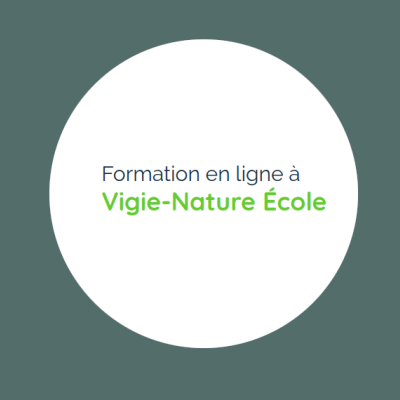Measuring biodiversity
(STILL TO BE TRANSLATED) Face aux menaces que l’humain représente pour la biodiversité, il est nécessaire de l’étudier pour savoir quelles sont les impacts de ces menaces. En participant à Vigie-Nature, vous pouvez aider les scientifiques à mesurer cette biodiversité !
Making an inventory of biodiversity
Since many years, scientists have intended to describe the world and the organisms that inhabit the planet. They have thus methodically described the species found in the different areas of the earth. This huge species inventory is largely finished in the most populous zones and therefore the most studied, but we estimate that a large amount of species remains to be discover elsewhere. If the effort of describing species is generally not necessary for a biodiversity we are confronted to, for instance in town, which is called «ordinary biodiversity», it is important to know how this biodiversity faces human threats. Today the biodiversity inventory must be done everywhere, in towns, in countrysides, in gardens… Considering the urgence of the actual biodiversity decline, the scientists found news methods implicating the general public, through citizen science for example!
Why biodiversity observatories?
To study biodiversity and its actual erosion, it must be described, as well as its changes, for instance the modification of the species’ structure and functioning. After having described these changes, it is about understanding the mechanisms behind, and determining the effects of human practices, whether they are direct (agricultural practices, land use change) or not (climate change). Politics can be implemented to respond to these effects, such as changing agricultural practices, protecting some spaces… It is important thus to evaluate their efficiency by comparing the new modifications in biodiversity that can appear.
The biodiversity monitoring must be done regularly, that’s why observatories, which are programmes allowing a regular monitoring of biodiversity, are set up. Each one of these programmes only concerns a part of the organisms, these ones coming from a “remarkable biodiversity”, that is the organisms we rarely see, which are not present around us, and from a “ordinary biodiversity”, to which we are frequently confronted to. It is essential to study all these forms of biodiversity because it is really biodiversity as a whole that faces the growing impact of human societies and the global changes, the dandelion as well as the polar bear!
Vigie Nature, an original programme of biodiversity monitoring!
The monitoring systems set up in the Vigie-Nature frame aim to study a great number of areas spread over a vast territory, thanks to the general public’s implication. Our ambition is to achieve a high power of observation, comparable to what exists in the climate or economic fields. It is a question of describing the changes in biodiversity, for all regions, departments, cantons, even municipalities. Thanks to monitorings on large spaces and during a long time, scientists could use the Vigie-Nature observations to know if there are correlations between biologic variables collected (communities composition) and other types of variables (temperature, urbanisation degree…).
- What variables should we measure?
In order that analyses are meaningful, the variables collected are chosen to inform on the state of biodiversity: which are the species present? Are the individuals of this species abundant? But also, when is this species present? In which environment, which geographic zone and under which climate?
- How to measure the variables?
Finally, data is collected in accordance with a « standardized protocol », so that these analyses are efficient. That means a specific method is respected on all the monitoring areas and kept over time. While implicating the general public, the risk of error increases, because some species are difficult to distinguish even between the most known; but if the number of observations is very high, these errors are offset! The analyses done on variables can be precise and powerful enough to describe the biodiversity dynamic.
